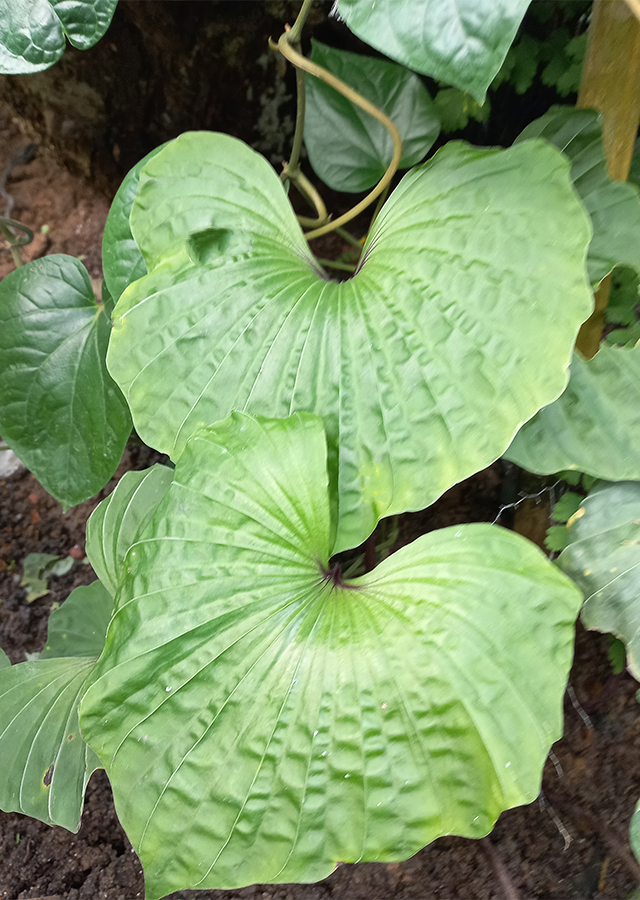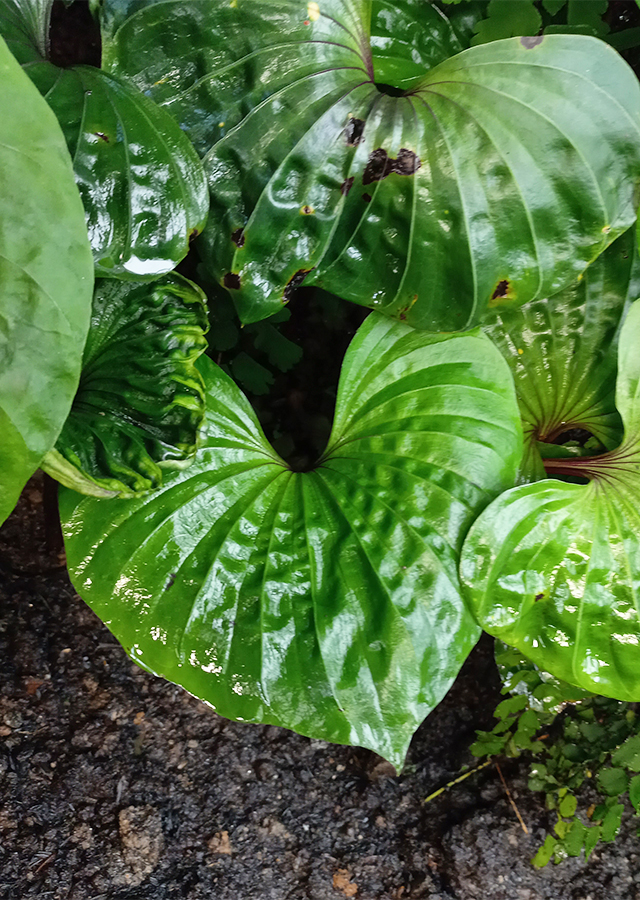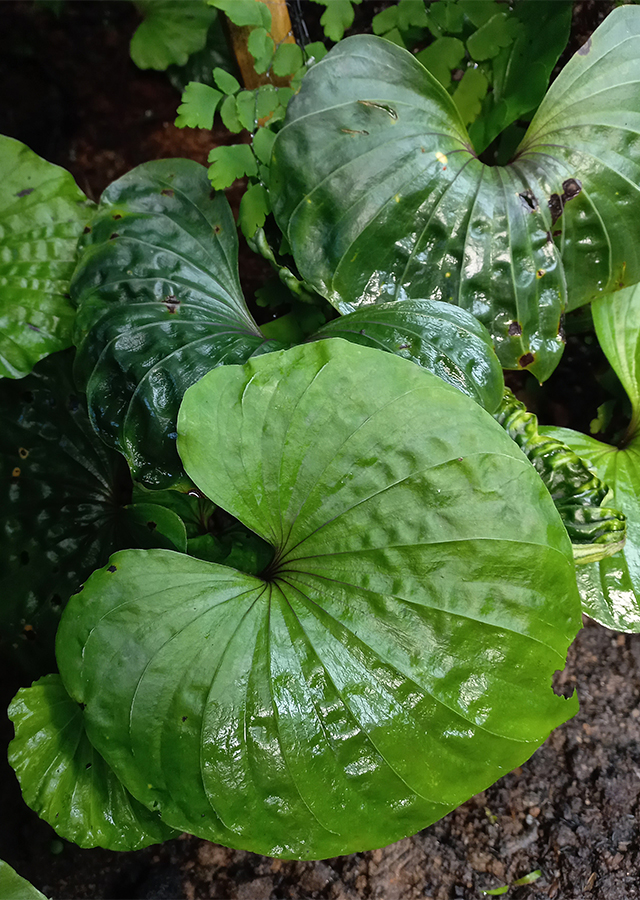Traditional Herbs from Nervilia concolor
medicine_after_birth
- Take the leaves of Nervilia concolor and wash them thoroughly with running water.
- Boil until boiling.
- Let it cool/warm.
- Strain and drink for treatment after giving birth.
What is Nervilia concolor Looks like??



Parts of Nervilia concolor that could be used
- Leaf
- All Parts of the Plant
- Pseudobulb
Nervilia concolor Distribution
The month-long orchid comes from North Asia - China, India, Myanmar, Thailand, Laos, Vietnam, Malaysia, Indonesia, the Philippines, Papua New Guinea to Australia and the Pacific. This orchid is an orchid that is already rare because there is more and more hunting as an ornamental and medicinal plant and this orchid has slow growth. This plant is widely used in traditional Chinese medicine for various diseases. This orchid pseudobulbs is used in the treatment of 'heart dysfunction' in Thailand. A decoction of the leaves, known as 'medicine meroyan' was once considered a mandatory protective medication after childbirth in some parts of Malaya. For local use the tubers are eaten to quench thirst.Agroecology of Nervilia concolor
Ground (terrestrial) orchids in their habitat are usually more than 1 (one) or in groups, can be found in lowland forests up to an altitude of 2,300 m above sea level. Grows best in moist semi-shade.
Morphology of Nervilia concolor
- Fibrous roots.
- Tuber\u00a0tough, fleshy and juicy, subglobose to ovoid, 1-1.7 cm in diameter.
- Purple stem 13.5 cm long.
- Bright green leaves, heart-shaped or kidney-shaped but almost circular in appearance, 15-25 cm in diameter with wavy edges and prominent radiating veins.
- Flowers between two and six flowers, pale green 3.5-4 in length cm and 3-3.5 cm wide, arranged on an erect stem 20-35 cm high. The sepals are 1.7-2.4 cm long and about 2 mm wide and the petals are almost the same but slightly shorter. The labellum has three lobes and cream or yellowish with hairy purple or green veins. The side lobes curve inward and the middle lobe has wavy edges and three hairy protrusions. The flowers only last up to four days, after which one developing leaves, including on non-flowering plants.
Cultivation of Nervilia concolor
It reproduces generatively by seeds and vegetatively by separating the tubers.
Nervilia concolor, more details :
Chemical Content of Nervilia concolorAlkaloids, glycosides, saponins, phenolic compounds, amino acids, tannins and flavonoids.
Benefits of Nervilia concolor
Has activity as anti-inflammatory, antipyretic, antiseptic, cooling, diuretic, galactagogue, ophthalmic and tonic, increases milk production, treats swelling, vaginal discharge, menorrhagia, mental instability, epilepsy, hemoptysis, colic, diarrhea, vomiting, asthma, cough, fever, complaints of urinary and kidney weakness, impaired heart function, treating bronchitis, stomatitis, acute pneumonia, sore throat, and mandatory protective medication after giving birth.
Simplisia of Nervilia concolor
Another Facts for Nervilia concolor :
Synonym of Nervilia concolorAplostellis flabelliformis (Lindl.) Ridl., Cordyla concolor Blume, Epipactis carinata Roxb.
Habitus of Nervilia concolor
Orchid. Annual orchid, 20-30 cm high
Habitat of Nervilia concolor
- Forest
- Land
No comments:
Post a Comment